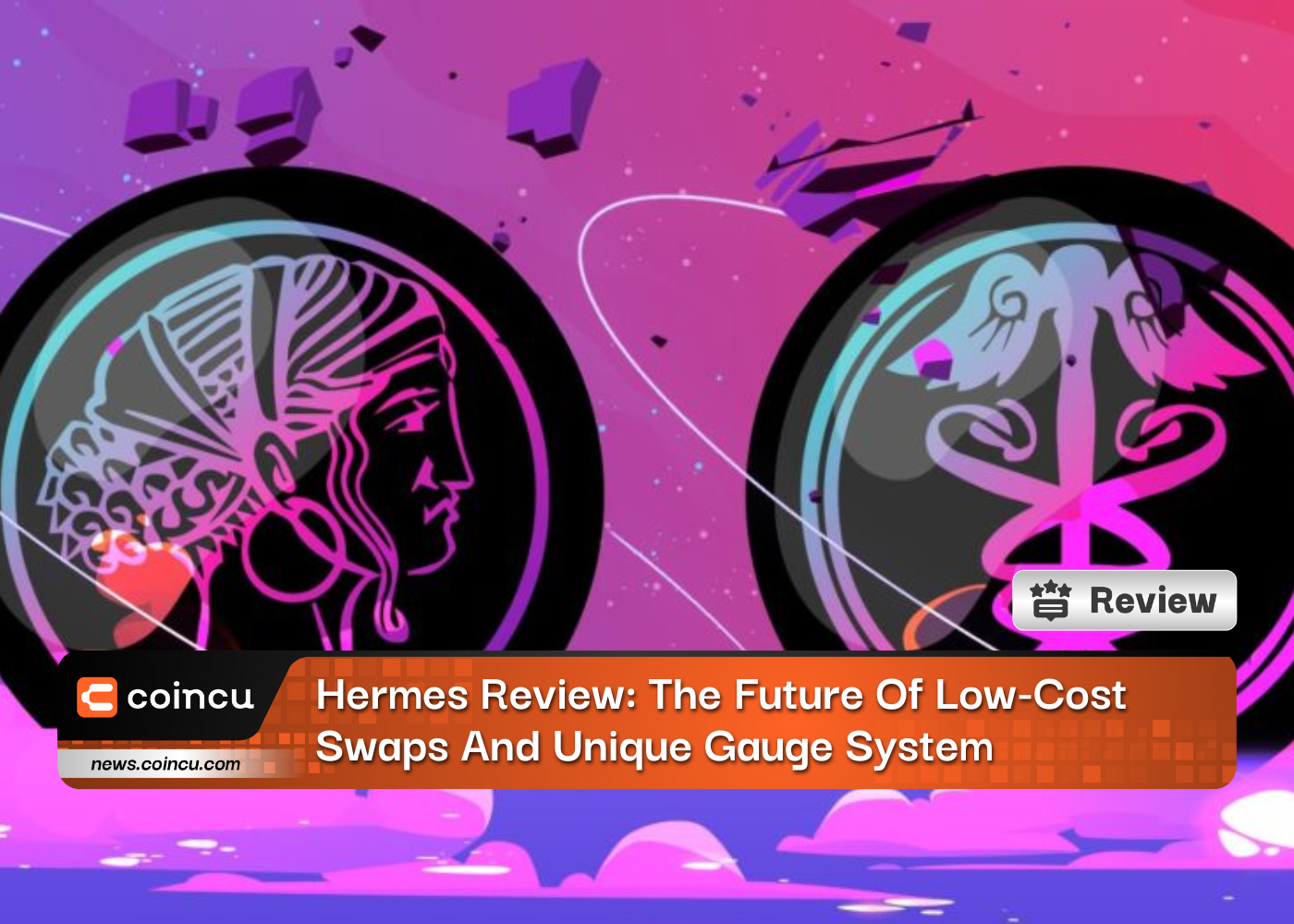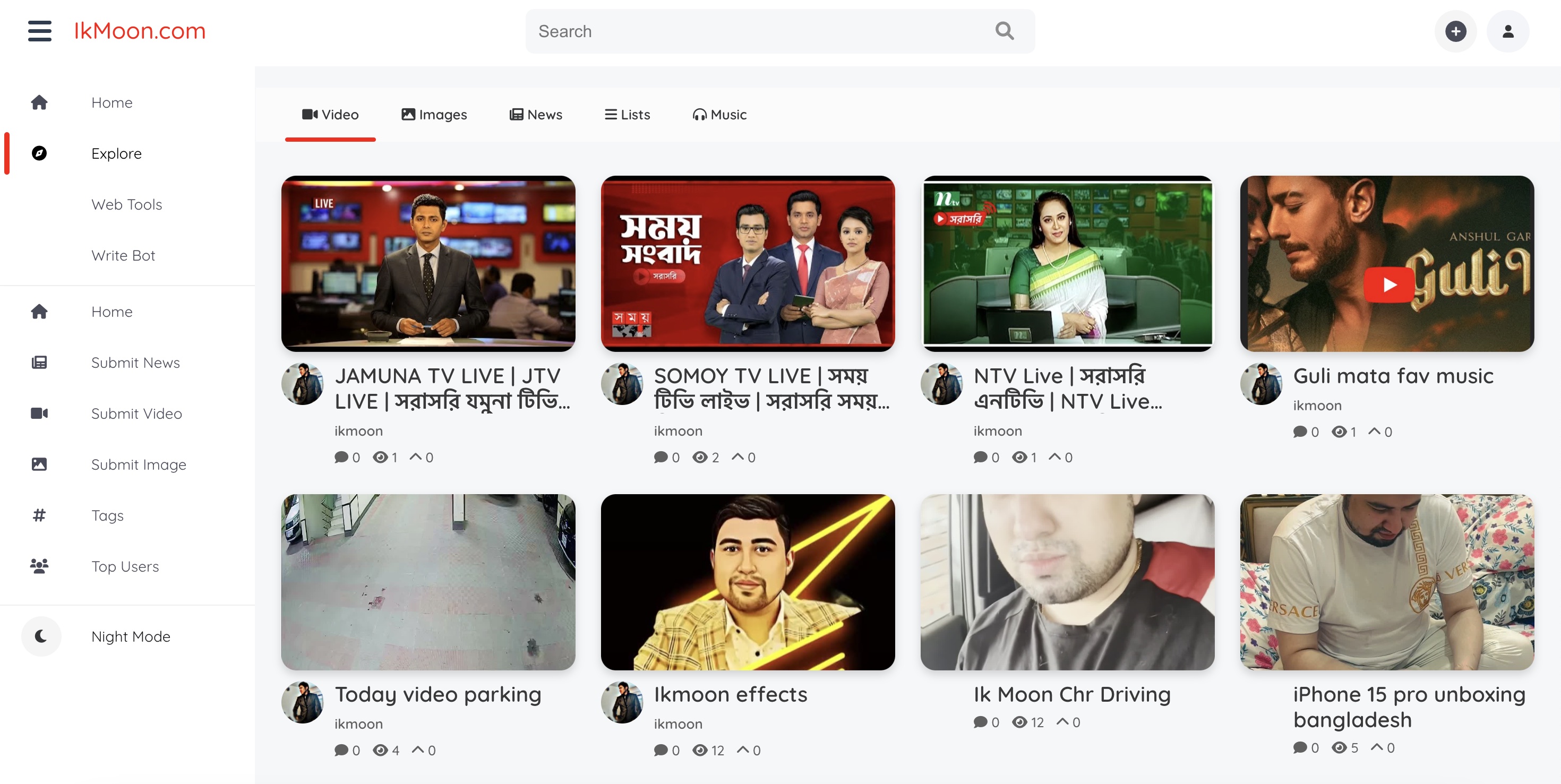The Future Of Low-Cost Swaps And Unique Gauge System
The post The Future Of Low-Cost Swaps And Unique Gauge System appeared on BitcoinEthereumNews.com. Looking for a DeFi protocol that incentivizes fees over liquidity? Check out our Hermes Review post, a platform that offers low-cost trades and a unique gauge system for the distribution of inflation. Introduction Hermes Protocol was launched in February 2022 and started emissions in March 2022. The protocol allows liquidity providers to make decisions on adding new gauges, boosting gauge yields, voting on token emissions, and receiving bribes. The creators of the protocol were thanked for their contributions to DeFi and for building its foundations. Hermes Protocol facilitates low-cost trades on uncorrelated or tightly correlated assets with near 0 slippages. The protocol incentivizes fees instead of liquidity, and liquidity providers are given incentives in the form of HERMES. The amount received depends on the weekly distribution weighted on votes from veHERMES holders. The distribution is made to gauges, and LPs can earn between 40% and 100% based on their own veHERMES balance. LPs with 0 veHERMES balance can earn a maximum of 40%. What Is Hermes Hermes is a decentralized exchange that allows users to exchange volatile assets such as DAI to WETH and stablecoins such as DAI to USDC with low fees and low slippage. Unlike traditional exchanges that match buyers and sellers, Hermes uses liquidity pools like Uniswap. In order to provide liquidity, users are rewarded with tokens. Hermes is non-custodial, which means that the developers do not have access to users’ tokens. Hermes Rewards Fees Over Liquidity Hermes is a new DeFi protocol that natively supports swaps between closely correlated assets via a new curve called stable swaps. The platform also supports swaps between uncorrelated assets. Hermes charges a fee of 0.01%, paid out in base assets and not converted. The Uniswap v2 compatible platform allows it to support all existing analytics tools and interfaces. Hermes also…

The post The Future Of Low-Cost Swaps And Unique Gauge System appeared on BitcoinEthereumNews.com.
Looking for a DeFi protocol that incentivizes fees over liquidity? Check out our Hermes Review post, a platform that offers low-cost trades and a unique gauge system for the distribution of inflation. Introduction Hermes Protocol was launched in February 2022 and started emissions in March 2022. The protocol allows liquidity providers to make decisions on adding new gauges, boosting gauge yields, voting on token emissions, and receiving bribes. The creators of the protocol were thanked for their contributions to DeFi and for building its foundations. Hermes Protocol facilitates low-cost trades on uncorrelated or tightly correlated assets with near 0 slippages. The protocol incentivizes fees instead of liquidity, and liquidity providers are given incentives in the form of HERMES. The amount received depends on the weekly distribution weighted on votes from veHERMES holders. The distribution is made to gauges, and LPs can earn between 40% and 100% based on their own veHERMES balance. LPs with 0 veHERMES balance can earn a maximum of 40%. What Is Hermes Hermes is a decentralized exchange that allows users to exchange volatile assets such as DAI to WETH and stablecoins such as DAI to USDC with low fees and low slippage. Unlike traditional exchanges that match buyers and sellers, Hermes uses liquidity pools like Uniswap. In order to provide liquidity, users are rewarded with tokens. Hermes is non-custodial, which means that the developers do not have access to users’ tokens. Hermes Rewards Fees Over Liquidity Hermes is a new DeFi protocol that natively supports swaps between closely correlated assets via a new curve called stable swaps. The platform also supports swaps between uncorrelated assets. Hermes charges a fee of 0.01%, paid out in base assets and not converted. The Uniswap v2 compatible platform allows it to support all existing analytics tools and interfaces. Hermes also…
What's Your Reaction?








































